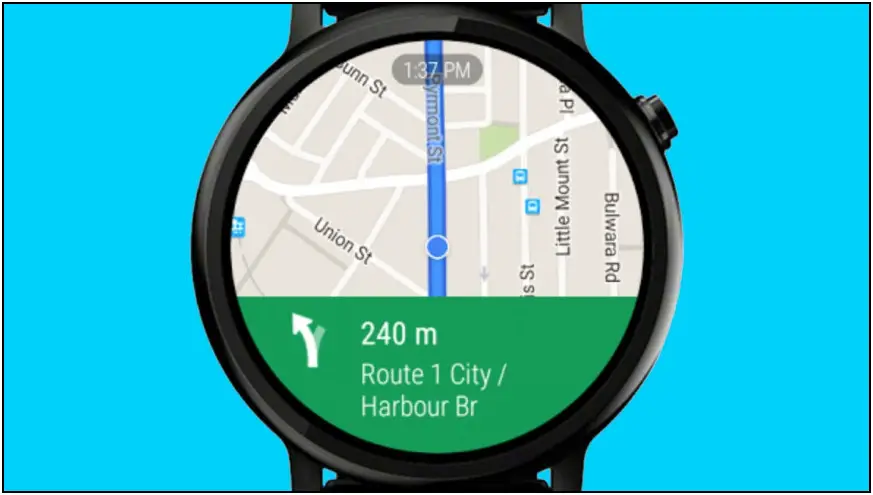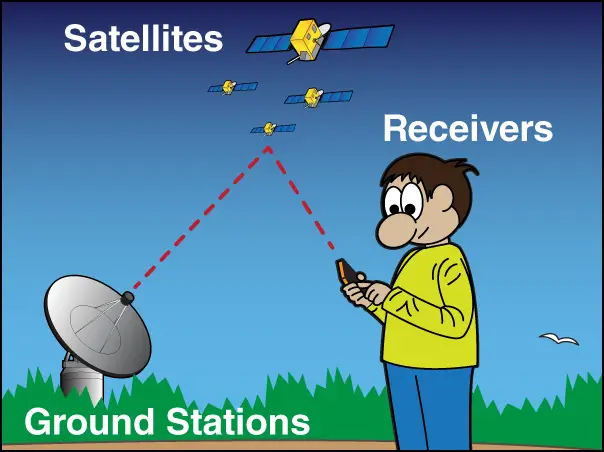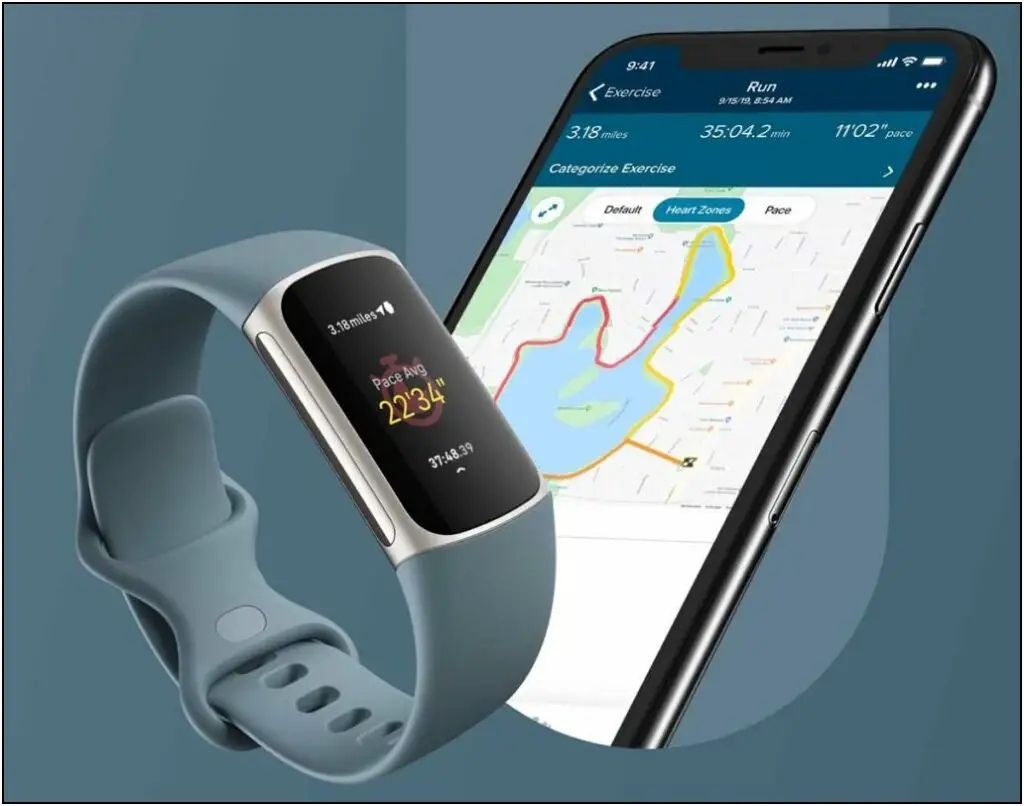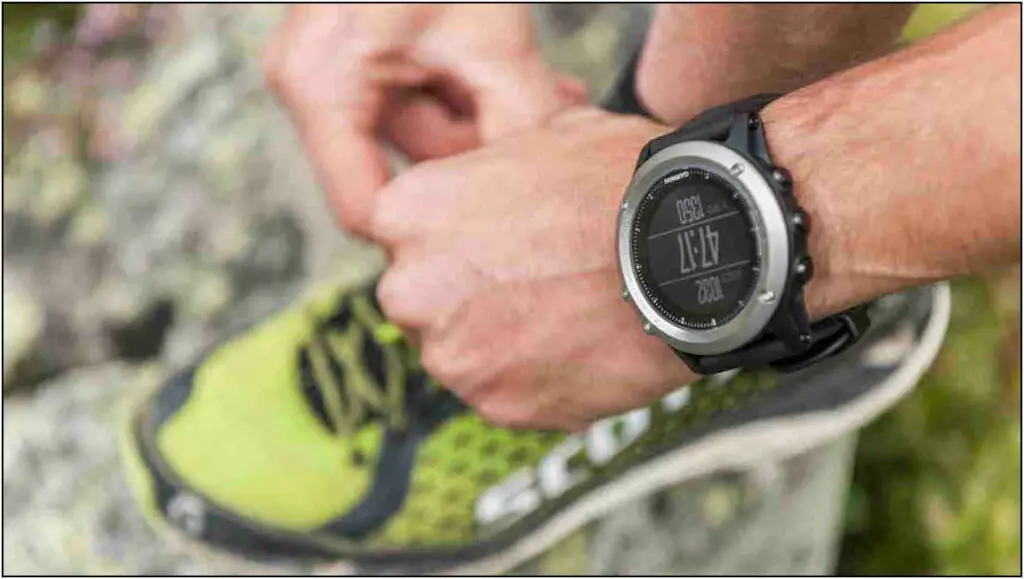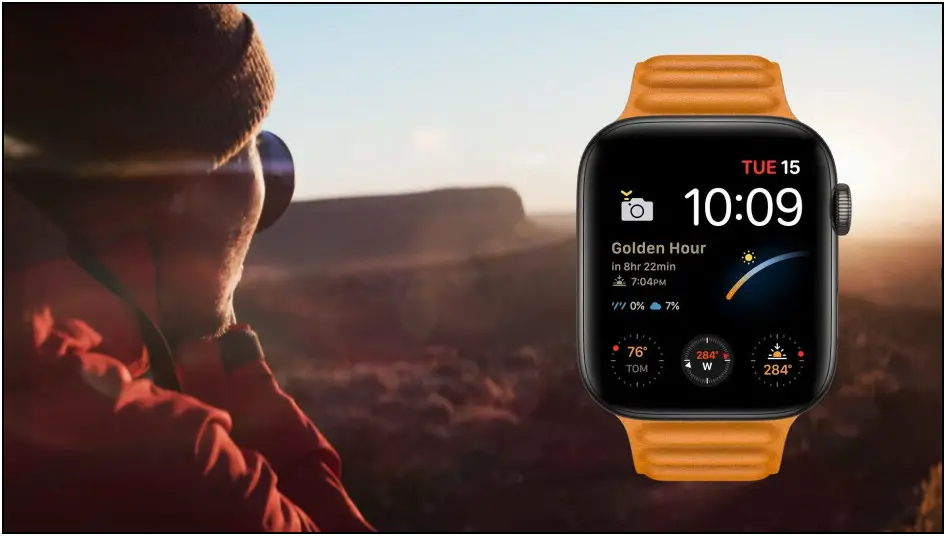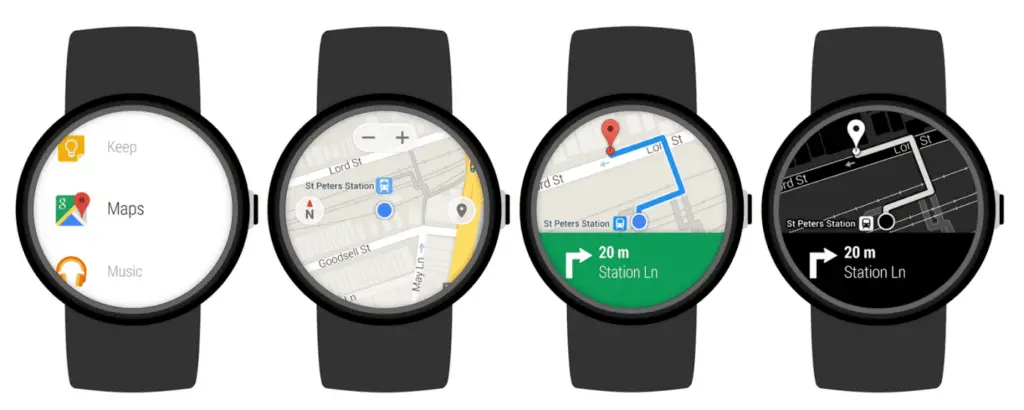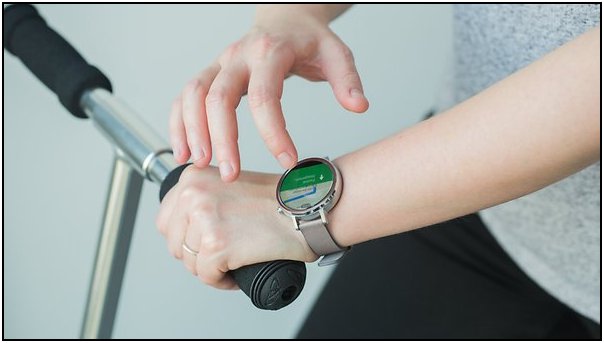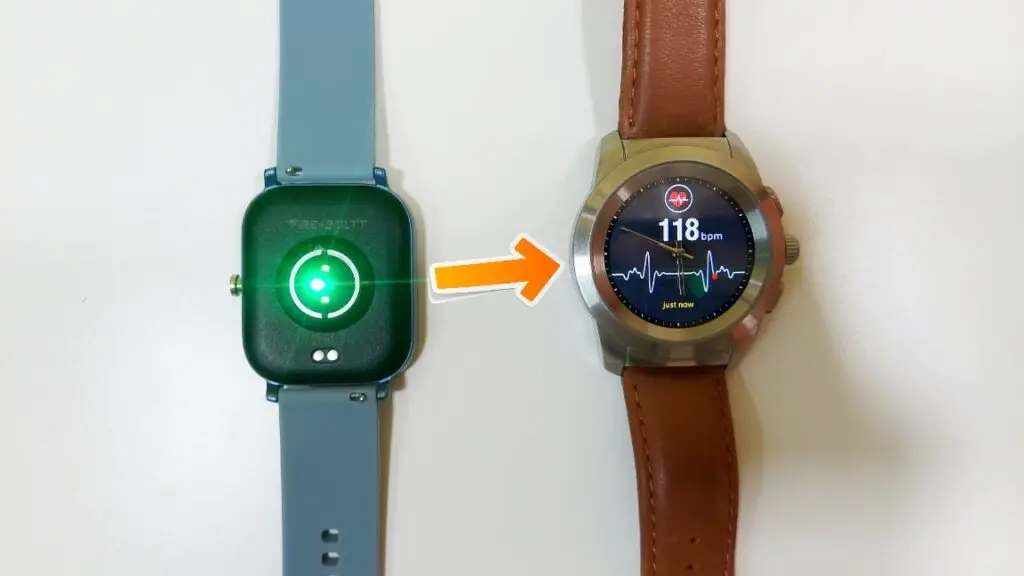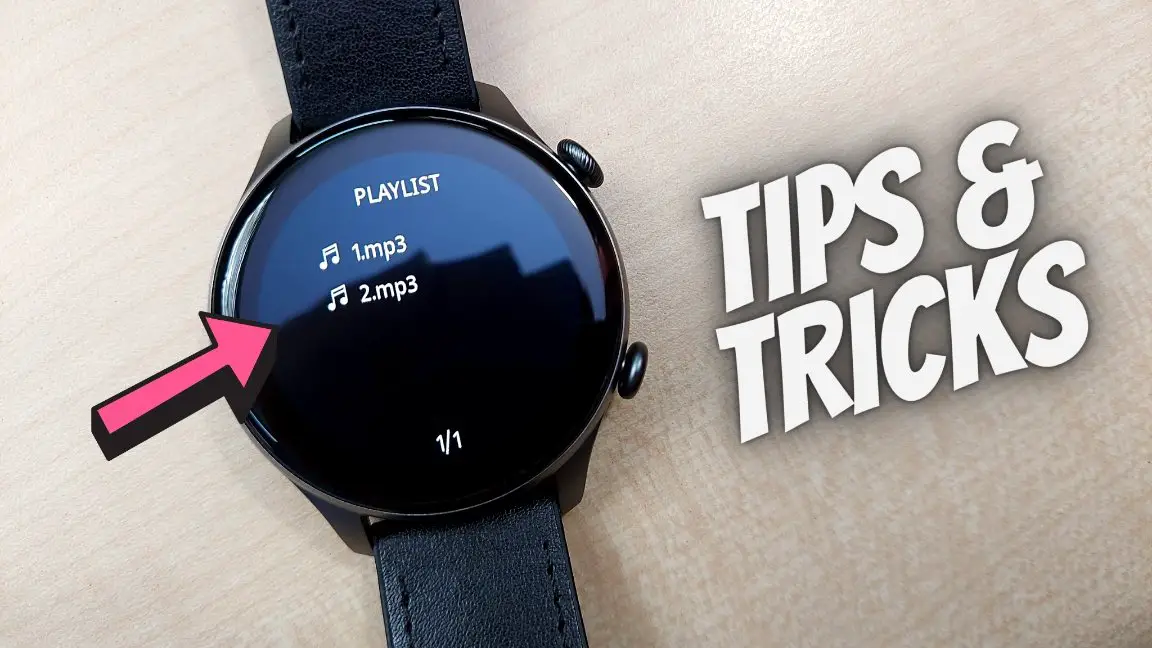Most modern smartwatches and fitness trackers now feature built-in GPS. The same is marketed aggressively by brands and OEMs. But what exactly is GPS in a smartwatch? How does it work, and how can you use the smartwatch GPS to your benefit? Let’s discuss everything around GPS technology in smartwatches and fitness bands in detail.
Related | 3 Ways to Check if Smartwatch Temperature Sensor Is Fake or Real
What is GPS in a Smartwatch?
Smartwatches with a built-in GPS receiver can use Global Positioning System to locate and track their location. It is similar to GPS on your smartphone, but data and location results may vary based on the watch’s satellite system.
The GPS helps enhance safety and fitness features on the watch. Depending upon the watch, it can alert authorities about your location in case of an emergency and help track your route duration and distance while running, cycling, or doing other outdoor activities.
How Does a Smartwatch GPS Work?
GPS is not just a regular feature on a smartwatch. It involves a lot of technicalities. Let’s see how the GPS works on a smartwatch and other mobile devices.
For starters, the Global Positioning System uses satellites from orbit approximately 12,000 miles above the earth’s surface. Each satellite moves around the earth twice a day in a preset path and sends microwave signals to the GPS receivers present in your smartwatch.
The smartwatch captures the signal data and uses the triangulation method to pinpoint your exact location. The GPS receiver must detect at least three satellites for latitude and longitude and four satellites to measure your altitude.
Furthermore, it counts when the signal was sent from the satellite and when it was received on the device. This technique can detect how far the satellite is from your location.
Is GPS the Only Navigation System On Wearables?
GPS is not the only navigation system used in mobile devices and wearables. You may also see GLONASS, which uses 24 Russian Aerospace Defence Forces satellites to track location.
Some smartwatches use both of these navigation systems together, increasing the accuracy of your precise location tracking. It also helps to speed up the signal sending, receiving, and distance measuring process by up to 20 percent.
Does it Work Offline Without Internet?
Yes, the GPS can work offline without the internet or connectivity with your phone. The smartwatch GPS receiver takes signals directly from the satellite to check your location, which helps map your routes, location, and altitude.
However, note that the GPS can only tell where you are on the earth by itself. Navigating using location will require information on roads, shops, directions, and more, which is only possible online or has offline data for Maps.
Connected vs Built-in GPS on Smartwatches
Smartwatches have two types of GPS support- connected GPS and built-in GPS. Connected GPS means that the watch does not have its own GPS hardware and instead relies on your smartphone’s location to track data.
This also means that it won’t work if you go running or hiking without your phone. On the contrary, watches with built-in GPS have their own receiver and can track your location, altitude, and your route even without a phone.
Connected GPS is cheaper to implement, doesn’t take any space, and gets the job done. In comparison, standalone tracking requires built-in GPS hardware and may not be available on entry-level budget smartwatches or fitness trackers.
Related | Top 5 Smartwatches with Built-in GPS under Rs 5000 in India
How Accurate is Smartwatch GPS?
The accuracy of GPS on smartwatches can vary based on your make and model. OEMs use different GPS sensors and receivers that govern the location’s accuracy.
For instance, a fitness band or watch with GPS + GLONASS will ideally be more accurate than just GPS. The accuracy also depends on interferences faced by the watch. If you’re around an area enclosed by tall buildings or trees, the watch may have difficulty locking the GPS signals.
You may also notice that your watch shows a different distance data than the one on your friend’s wrist despite taking the same route. This could be because you’re wearing different devices which use different ways of receiving, logging, and filtering the GPS signal.
Furthermore, the slight differences in GPS errors may accumulate to show larger discrepancies over longer distances. This is also because GPS drains a lot of battery, and the battery-saving mechanism on some watches may bring down their accuracy.
In general, the GPS tracking on smartwatches and fitness bands is quite accurate but you can expect an error margin of 2-5 percent.
Related | What is Dual-Band GPS in a Smartwatch? Regular GPS vs Dual GPS
When to Use GPS on a Smartwatch?
If you own a GPS smartwatch, you can use it while doing any activity such as running, walking, cycling, climbing, etc., for accurate tracking and mapping of the route, distance traveled, and speed.
It may also measure elevation during hiking or trekking. Some smartwatches use an altimeter to measure the pressure changes at different heights to provide real-time elevation changes and accurately track the position. You also get an option to create a 3D map representation of your route.
Moving further, you can use the onboard GPS for navigating around provided the watch’s software supports it. For instance, Wear OS smartwatches come with Google Maps. Whereas the Apple Watch has built-in Maps to get directions.
This gives you the convenience of getting directions on your wrist without having to hold your phone all along the way.
Do You Need a GPS Running Smartwatch Or Fitness Tracker?
If you’re an outdoor guy who loves working out every day and wants to track steps and distance traveled while running, cycling, or walking, you must look for watches with built-in GPS. The same holds for folks who love hiking or going on treks.
Or, if you’re someone who always carries their phone while jogging or working out, then even watches with connected GPS would do the job.
On the other hand, if smartwatches are all about checking notifications or controlling music for you, you should probably save your money and get a non-GPS smartwatch. These days, most smartwatches and fitness trackers in the premium and upper mid-range segment offer built-in GPS.
Related | How a Smartwatch Measures Distance and Speed With/ Without GPS
Wrapping Up
This was everything about GPS on a smartwatch, what’s it used for, and how it works. I hope this helps you learn more about GPS technology on mobile devices and wearables and decide whether you need a smartwatch or fitness band with one. Stay tuned for more such updates around the wearables you use.
